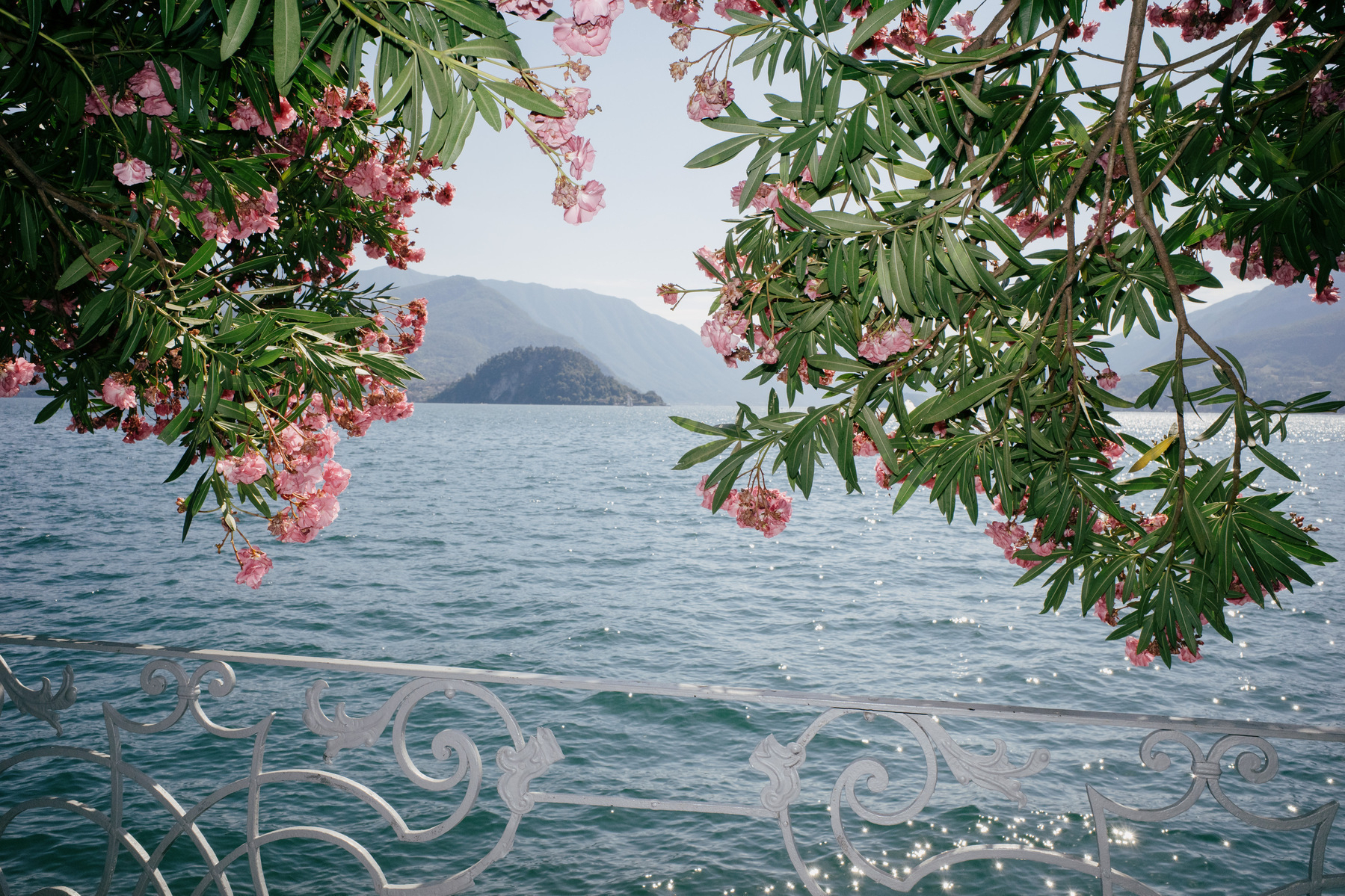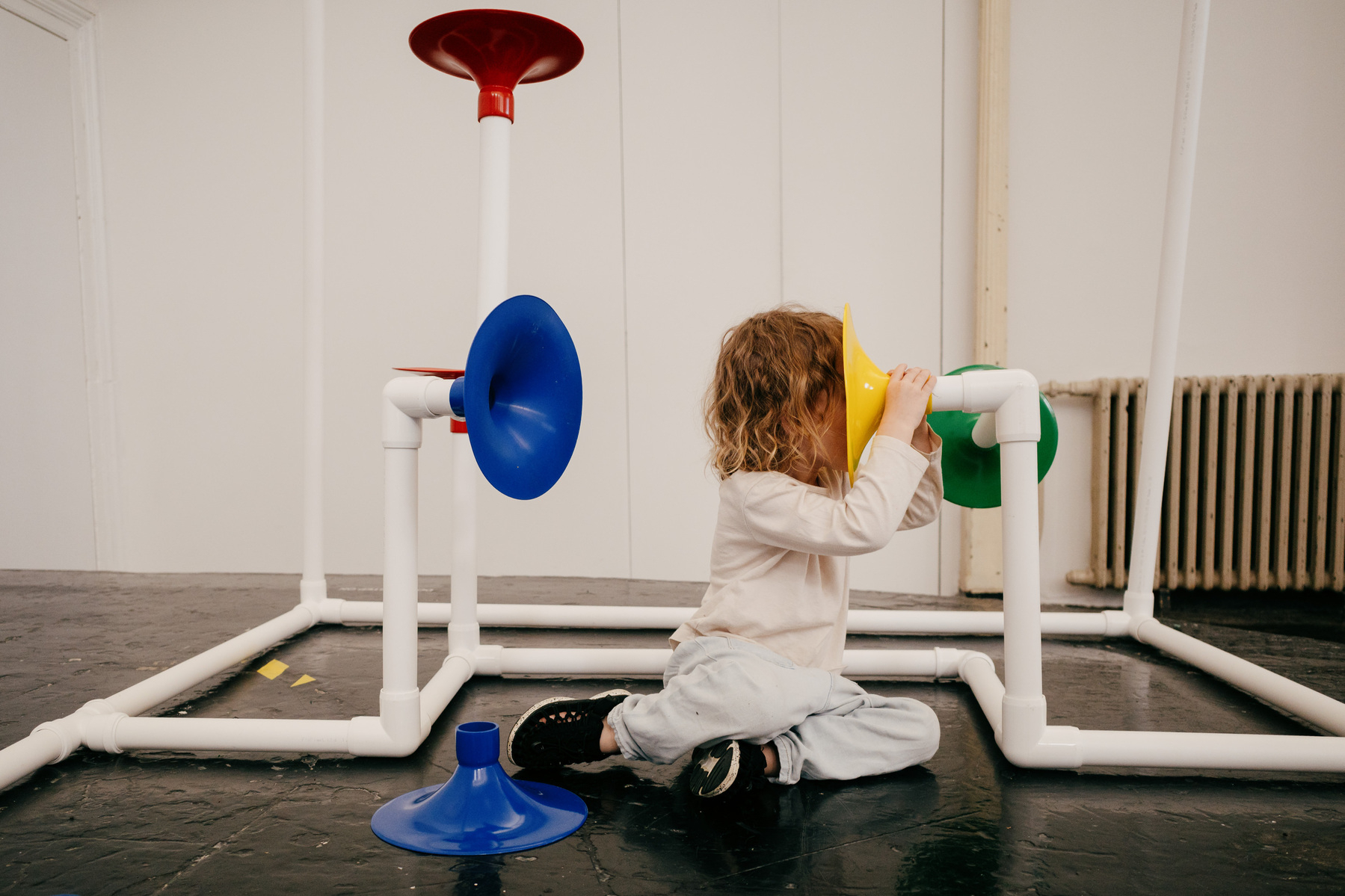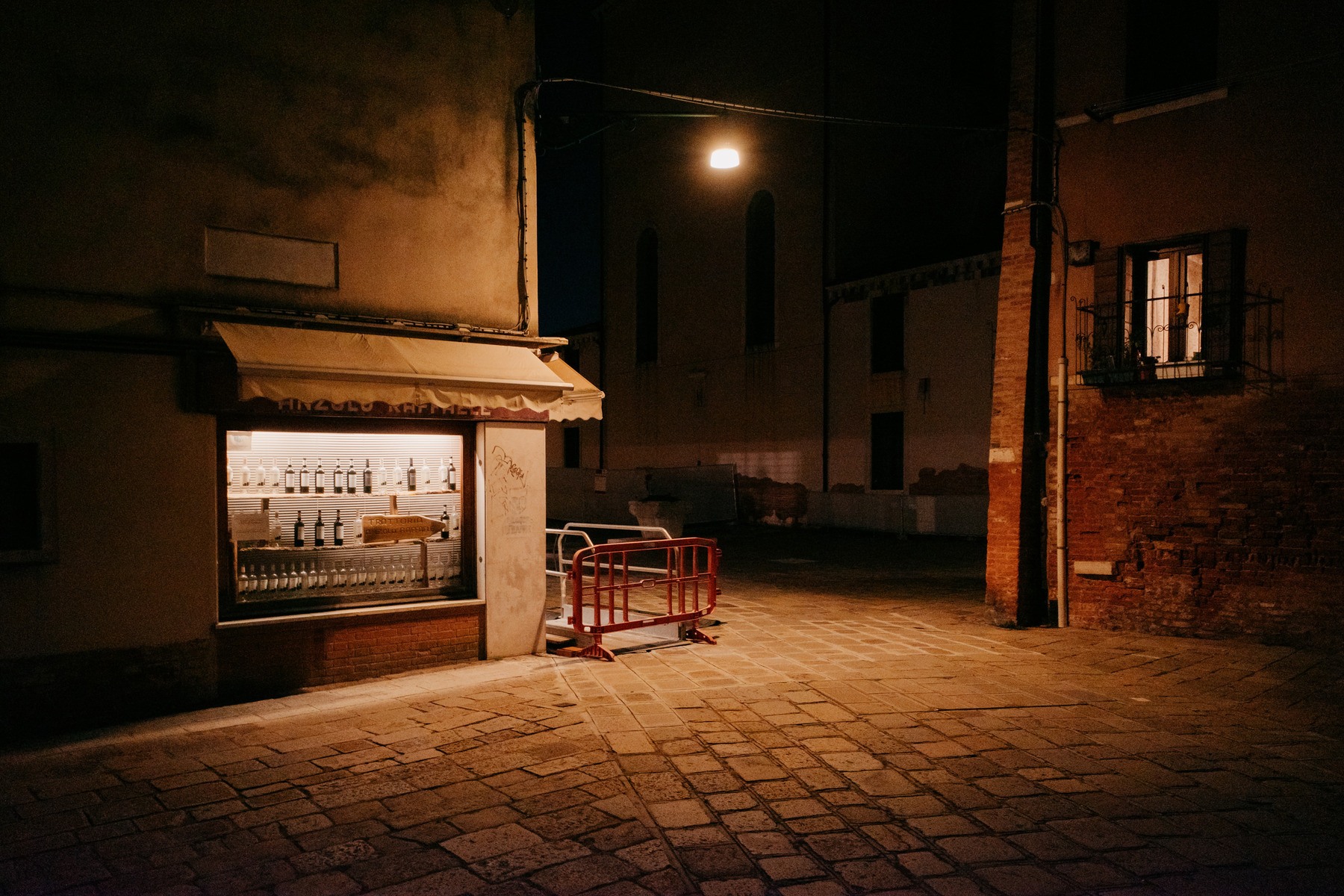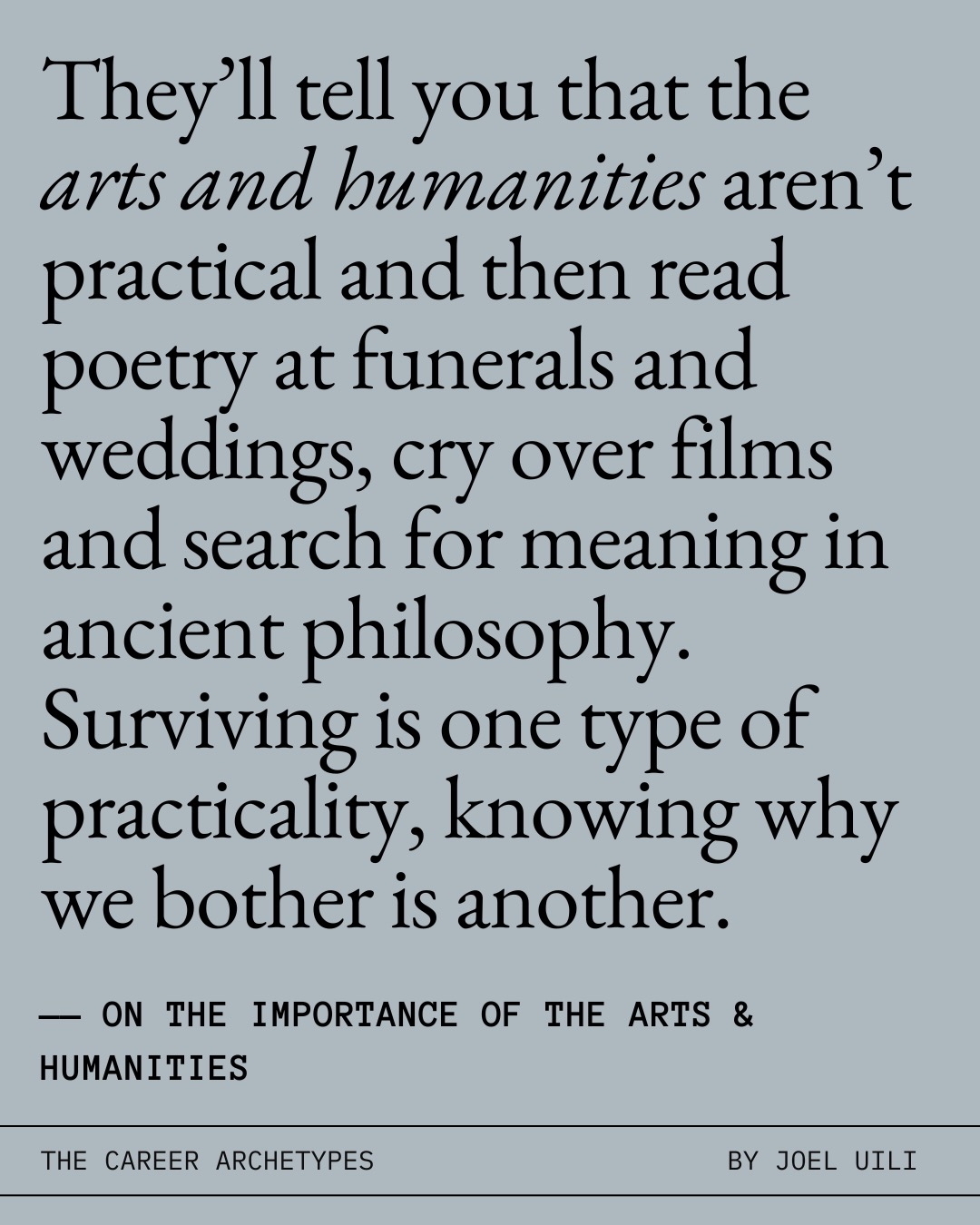“I try to be economical in photography. You don’t want to overdo things. Overdoing would be too many photos in a book, too little subtlety in the photos.”
—Mark Steinmetz
“If we turn our mind to the Good, it is impossible that little by little the whole soul will not be attracted thereto in spite of itself.”
— Simone Weil, Attention & Will
Henri Cartier Bresson quote on the back of my ticket stub from the excellent Robert Mapplethorpe exhibition at Le Stanze della Fotografia in Venice. On until 06/01/26.

“Space is the breath of art.”
—Frank Lloyd Wright
Via a great Tape Notes interview with Barry Can’t Swim on his new album Loner. I especially enjoyed hearing about how despite having two studios (home & out), he still makes the bulk of his music on the sofa with his laptop because he prioritises directness and speed of execution. Likewise, he barely uses the hardware he owns, so that he doesn’t introduce friction or lose flow by stepping away from the DAW. Other cool things: using sampled drum loops to get started quickly and then rebuilding them with your own (often foley) sounds, drops and fake drops, processing the main vocal sample to make pads, not getting locked into how you start tracks by using different elements as a base, and as alluded to by the quote above: always looking at what you can remove.

“If I had one thing to say to artists, it would be to be patient. And to be ignorant of what you think you know. If you don’t get the answer that you were expecting, maybe that’s a good thing. Knowing what you’re doing is overrated.”
—Pope L
From this interview on the (excellent) Louisiana Channel. H/t Austin Kleon
And a corollary: actively seeking situations where you don’t know what you are doing, forces you to come up with novel solutions. Even when those fail, it’s often fruitful — producing happy accidents and revealing weaknesses to work on and new avenues to explore.
Great interview with Juergen Teller covering a huge amount of ground: collaboration, democratising his subject selection with ‘Go-Sees’, shooting his latest work with an iPhone, his Auschwitz project, what divides his personal and professional work, the origin story of working with Marc Jacobs, and his approach to portraiture and how it has changed.


















